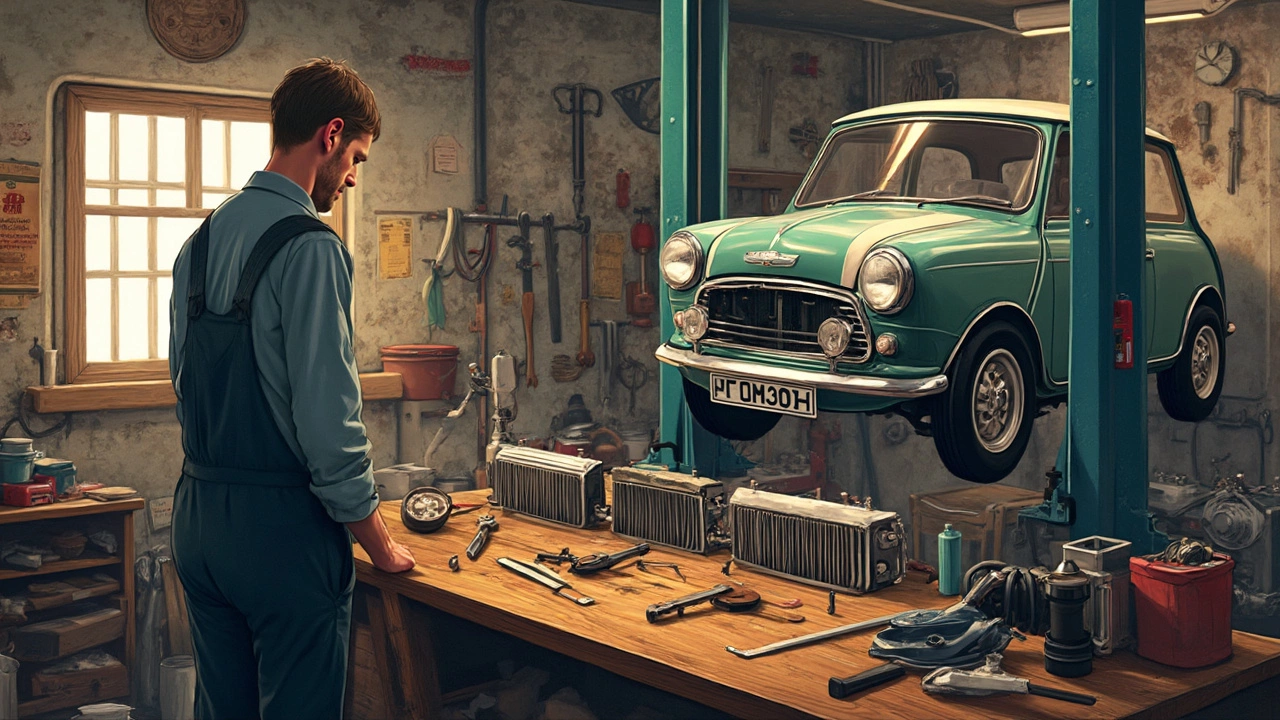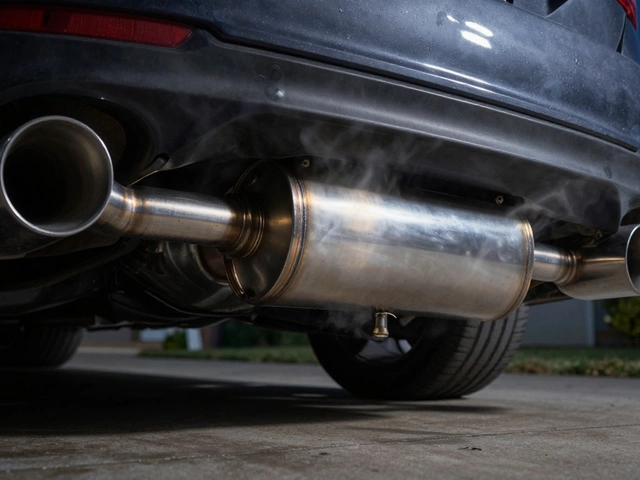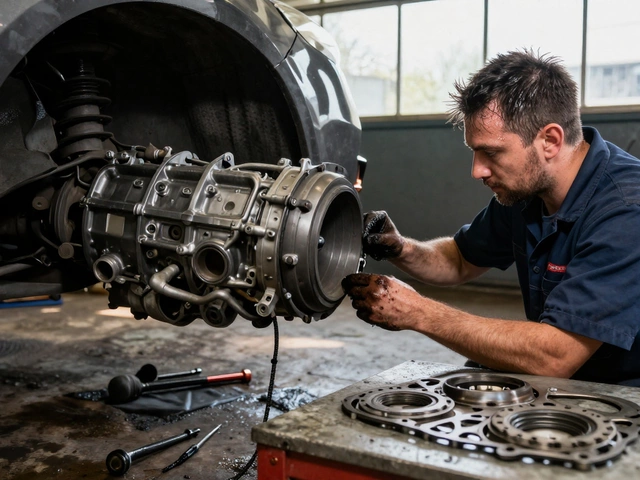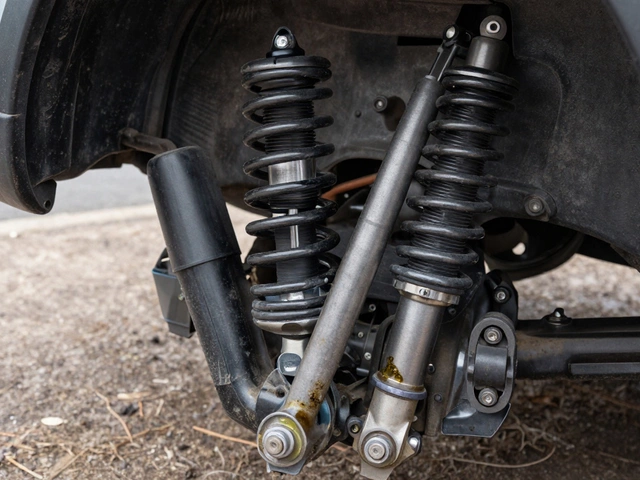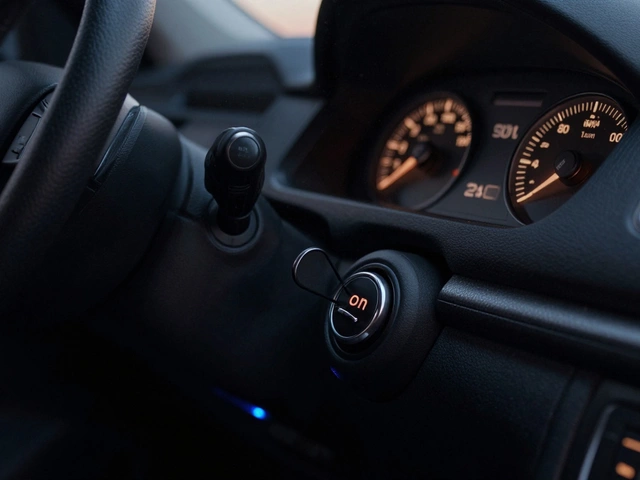Radiator Price: What It Costs to Replace a Car Radiator in the UK
When your car starts overheating, the radiator, the main component that cools engine coolant by circulating it through fins and tubes. Also known as a cooling radiator, it’s one of the most critical parts of your car’s cooling system. Without it working right, your engine can overheat in minutes — and that’s when serious damage starts.
The radiator price isn’t just about the part. It’s the whole job: the radiator itself, the coolant, the hoses, maybe a new thermostat, labor, and even a pressure test to make sure nothing else is leaking. In the UK, a basic radiator replacement can start around £200, but if your car’s a newer model or has a complex setup, it can easily hit £600 or more. Why the big range? Older cars often use cheaper, simpler radiators. Newer ones might have plastic tanks, electric fans, or integrated transmission coolers — all of which drive up the cost. And if your radiator failed because of a bad water pump or a cracked head gasket? You’re looking at more than just a radiator repair price.
Many people think a radiator just sits there and cools. But it’s connected to everything: the thermostat tells it when to open, the water pump pushes coolant through it, and the radiator fan pulls air across it. If any of those fail, the radiator can’t do its job — and sometimes, replacing the radiator alone won’t fix the problem. That’s why we see so many posts about radiator failure signs, coolant leaks, and overheating cars. It’s rarely just one part. You need to know what’s really going on before you pay for a new one.
And here’s the thing: a 20-year-old radiator might still work fine, but if it’s leaking or clogged with rust, it’s not worth repairing. Those old radiators were made of metal and could be fixed. Modern ones are plastic and aluminum — once they crack, they’re done. That’s why we’ve got guides on when to replace a 20-year-old radiator and how long they typically last. It’s not about age. It’s about condition. A radiator that’s been neglected, filled with tap water instead of coolant, or run hot for months won’t last as long — even if it’s brand new.
Don’t just grab the cheapest radiator online. Cheap parts often mean poor fit, weak pressure ratings, or materials that won’t handle modern engine temps. And if the mechanic doesn’t flush the system or replace the thermostat, you’re just setting yourself up for another breakdown in six months. The best radiator replacement isn’t the cheapest one — it’s the one done right, with the right parts, and the right follow-up.
Below, you’ll find real-world breakdowns of radiator repair prices, signs your radiator is failing, how long it lasts, and what to watch out for when you’re being quoted. No fluff. Just what you need to know before you hand over your keys — or your cash.
